Recap of Week 6
The pre international break round of bets didn’t offer much selection and with the pot in the red bold action was taken with a triple on Serie A. Unfortunately, results didn’t fall and the bet was lost. There was added insult to injury as Juventus scored twice in the final minutes to come from behind only to have the winner chalked off thanks to VAR.
Hopefully some better luck this week, and there’s still plenty of time to claw back losses.
Week 7 selections:
Bayern Munich vs Leverkusen
Bayern to win @1.42
Liverpool vs Brighton
Liverpool to win @1.42
This will be placed as a double
€50 @ 2.02
Potential net returns € 50.82
The pot is €92 in deficit after 5 game weeks.
Total outlay €300
Total returns €208
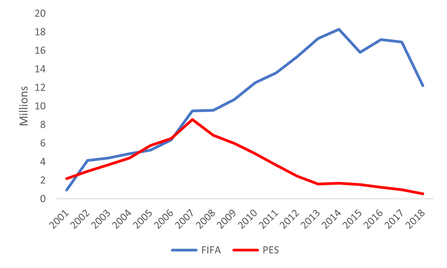
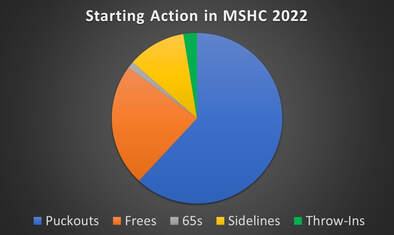
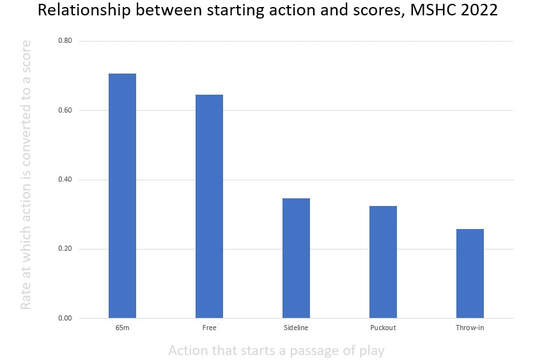
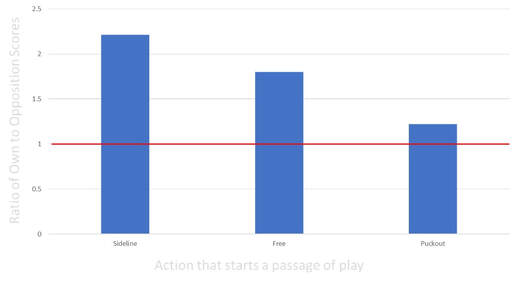
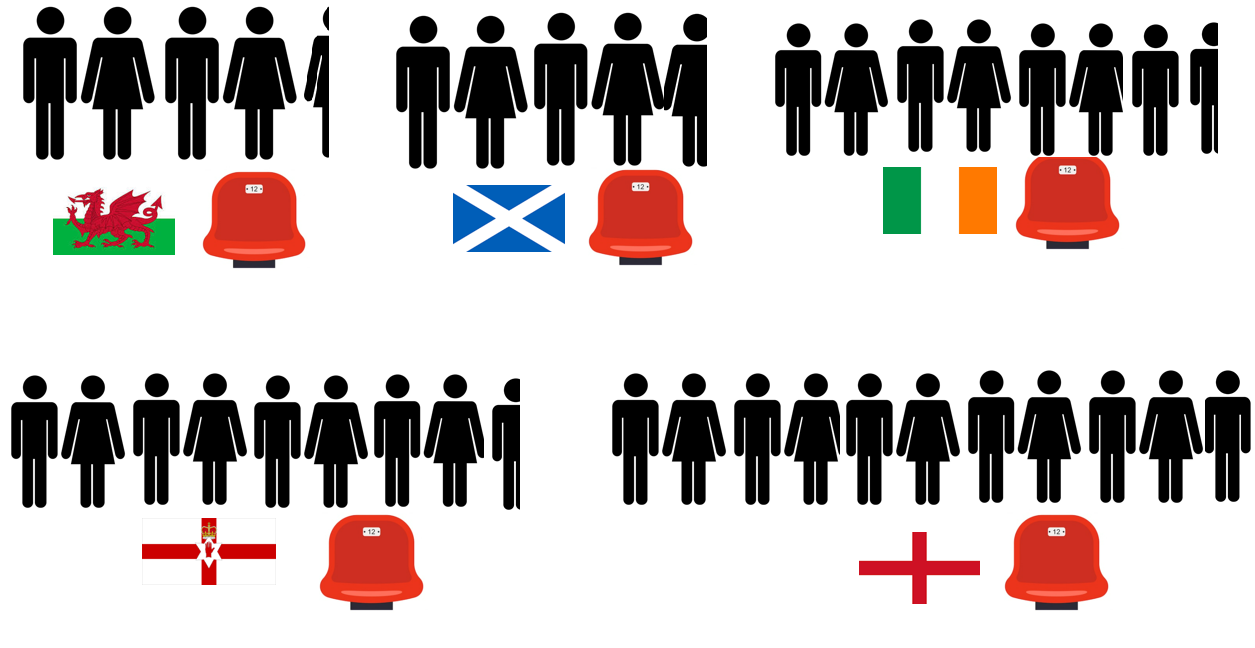
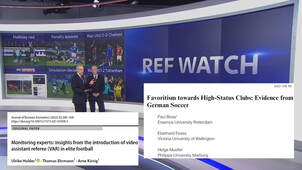
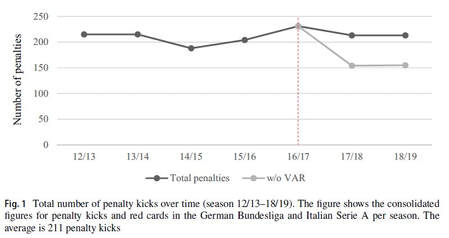
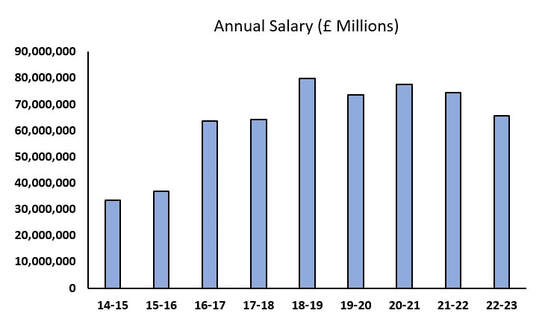
 RSS Feed
RSS Feed